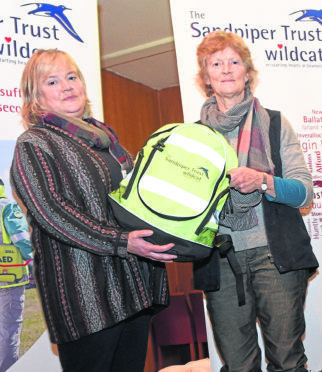An innovative new project which cardiac arrest campaigners say could help save thousands of lives will be piloted in Scotland.
There are now thousands of defibrillators available in public spaces across Britian but their locations are not all known to ambulance services,
Now a new scheme – which is a partnership between the NHS, British Heart Foundation (BHF) and Microsoft – aims to map out every single one of the devices.
The BHF has estimated that thousands more lives could be saved from cardiac arrests if the locations of all defibrillators were known to emergency call handlers who could guide members of the public at the scene.
Previous research has found that just 3% of patients who suffer cardiac arrests out of hospital are treated with public access defibrillators, which the charity says significantly reduces the survival chances of tens of thousands of people every year.
The scheme will be created over the next 12 months and will initially be piloted by the Scottish and West Midlands ambulance services.
The news has been welcomed by one woman whose life was saved by a defibrillator when she collapsed outside her Stonehaven home in 2012.
Gillian McKenzie’s heart stopped and she only survived after GPs were able to restart her heart.
The 47-year-old said: “I think it’s a great idea, we all travel a lot more and if you were to come across someone in an emergency situation the fact you can now locate the nearest defibrillator would be really helpful.
“I think having been through my own situatuion I am certainly always on the look out for them and aware where they are and you can find one in every town now.
“CPR training is great but it can only work for as long as the person doing it is fit enough, because it takes a lot out of you.”
The defibrillator that saved Mrs McKenzie’s life was only available due to the efforts of the Sandpiper Trust, a north-east charity which campaigns for better access to medical equipment in rural areas.
Last year the organisation rolled out its Wildcat initiative, which aims to provide the machines in remote communities.
Claire Maitland, the charity’s co-founder, said: “This is well overdue, members of the public are so much more aware of public access defibrillators and we have trained many more people in CPR recently.
“It’s the public that will be able to save lives if they can access this equipment.”
There are more than 30,000 out-of-hospital cardiac arrests every year in the UK, but fewer than one in 10 people survive.
In countries where the public are better equipped to recognise and deal with cardiac arrests, survival rates are up to three times higher, the BHF has said.
